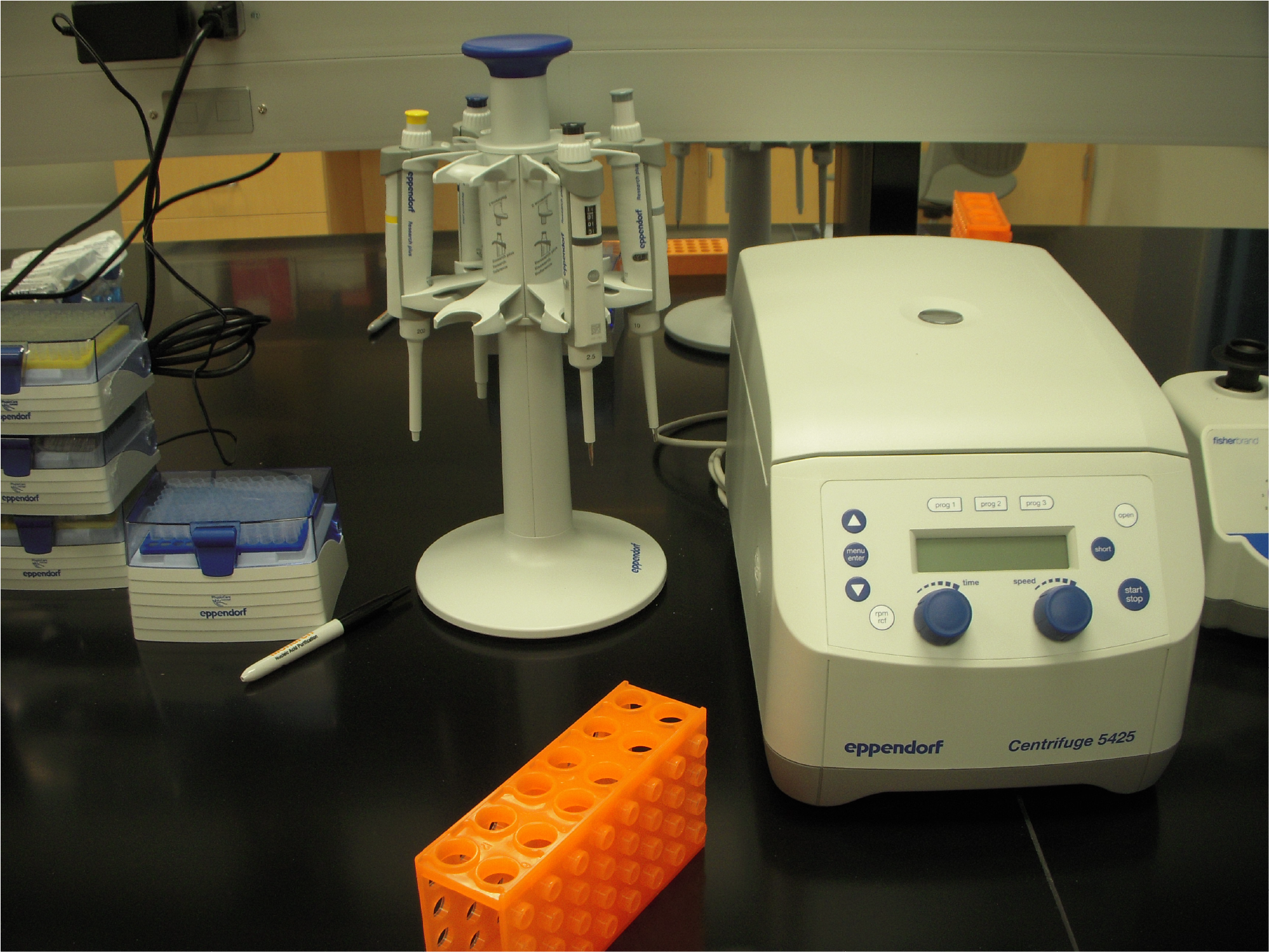Written by Edward Mabry (upcoming M.S. student)
Week 14 (4/23/21) – Edward led our discussion on long-range structure mapping of Dengue and Zika viruses published in 2019 by the Wan lab.
Goals
The goals of the paper were to develop a better understanding of how the genome of Dengue and zika viruses are structurally organized, including long range interactions and structure conservation, and how these interactions from in cells versus in virions.
Method
The authors used NAI-MaP structure probing within virions and within Hela cells and computationally analyzed mutation rates in resultant cDNA to model RNA secondary structures.
They also performed pairwise interactome mapping by utilizing the SPLASH protocol. They performed SPLASH both in virions, in solution and in infected Hela cells to determine long range interaction mapping via crosslinking of the pairwise interactions and proximity ligation.
The authors analyzed their data with R-scape for covariation across the serotypes and viral species. They also analyzed structure and sequence conservation across viral genomes to create an identification method to find regions of functional interest.
Mutations that disrupted long range interactions were tested in interferon-deficient mice for their impact on viral fitness. Disruption of long range interactions diminished viral fitness.
Results
Utilizing NAI-Map and SPLASH, the study was able to identify a number of highly structured and conserved functional regions within the genomic RNA and large number of pairwise interactions. Many of these, in addition to being long range, showed high heterogeneity, suggesting that many regions can have many different structures and bind to different partners in the viral genome.
Comparative analysis showed that long-interactions were disrupted within cells significantly compared to those within virions. However, when the interactions identified within virions were disrupted via mutagenesis, viral replication was severely reduced and the long-ranges pairings were deemed important for viral fitness.
Discussion
One of the important topics focused on by our lab was the use of SPLASH to identify long distance pairwise interactions, which is something that is difficult to study in SHAPE MaP. This could be utilized to determine long-range pre-mRNA structures to understand transcript and/or gene regulation, even within long introns.
The study shows strong data for the regions of functional interest having a strong effect on viral fitness and does produce a better understanding of how the viruses in the Flaviviridae family are organized.
There was some confusion on figure labeling (such as the structure model in Figure 2b), but overall this was an informative paper utilizing a new procedure for RNA structure analysis.
